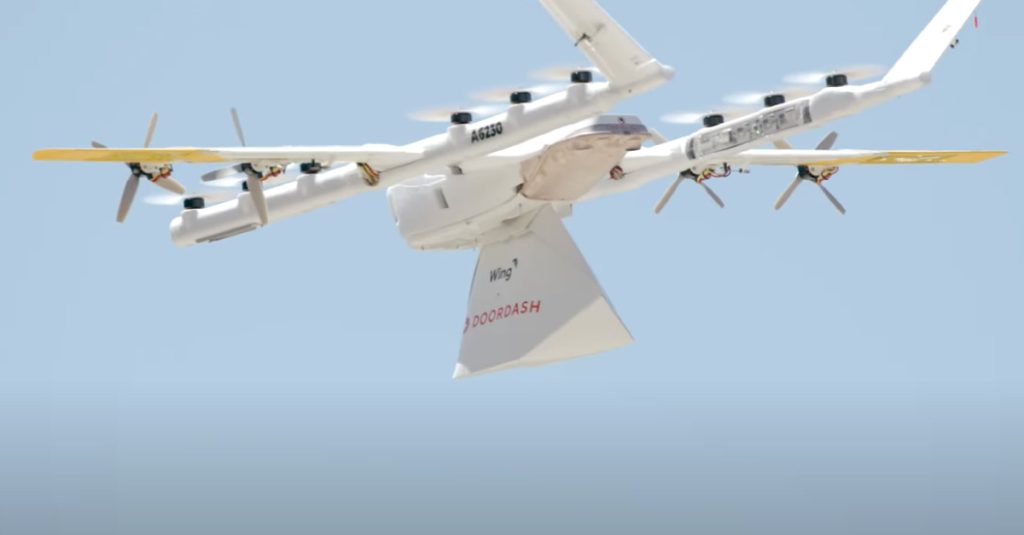Drones, also known as unmanned aerial vehicles (UAVs), are increasingly being used for deliveries in Australia. This innovative technology has the potential to revolutionize the way goods are delivered, particularly in remote and hard-to-reach areas. In this article, we will explore how drones are being used for delivery in Australia.
One of the key advantages of using drones for delivery is their ability to overcome traditional logistical challenges, such as traffic congestion, limited access to remote locations, and unpredictable weather conditions. Drones can travel quickly and directly, delivering packages in a fraction of the time it would take for traditional delivery methods.
Australia has been at the forefront of drone delivery technology, with companies such as Wing and Zipline leading the way. Wing, a subsidiary of Alphabet (Google’s parent company), has been operating drone delivery services in Canberra since 2019. The service allows customers to order a range of items, including food, drinks, and over-the-counter medications, through the Wing app. Once the order is placed, a drone is dispatched to the customer’s location and delivers the package directly to their doorstep.
Zipline, on the other hand, is focused on delivering medical supplies and blood products to remote and hard-to-reach areas. The company has partnered with the New South Wales government to provide on-demand delivery of essential medical supplies to hospitals and healthcare facilities in the state. Zipline’s drones are equipped with refrigeration units to ensure that the temperature-sensitive medical supplies are delivered safely and securely.
The use of drones for delivery in Australia is not without its challenges, however. One of the biggest concerns is safety, particularly around drones flying in urban areas. There have been instances of drones colliding with buildings and other objects, which has raised questions about the safety of these devices. In response, the Australian government has introduced a range of regulations governing the use of drones for commercial purposes. These regulations include requirements for drone operators to obtain a license, adhere to safety guidelines, and register their drones with the Civil Aviation Safety Authority (CASA).
Another challenge facing the use of drones for delivery is the limited range and payload capacity of current models. Most commercial drones have a maximum range of around 20-30km and can only carry payloads of up to a few kilograms. This makes them suitable for delivering small, lightweight items, but not larger or heavier goods. As technology continues to improve, however, it is likely that we will see drones with greater range and payload capacity, opening up new possibilities for their use in delivery services.

In conclusion, the use of drones for delivery in Australia is still in its early stages, but the potential benefits are significant. From faster and more efficient delivery times to improved access to essential medical supplies in remote areas, drones have the potential to transform the delivery industry. While there are still challenges to be overcome, such as safety concerns and limited payload capacity, the future looks bright for the use of drones in delivery services.










